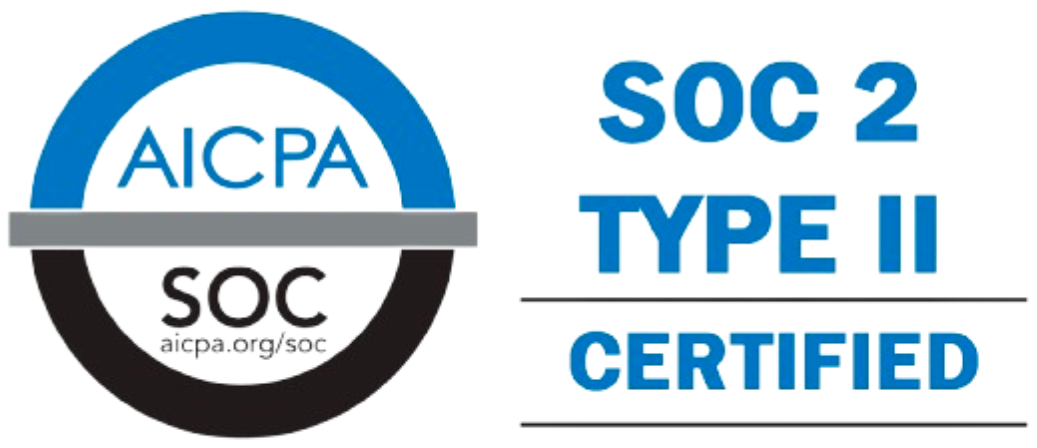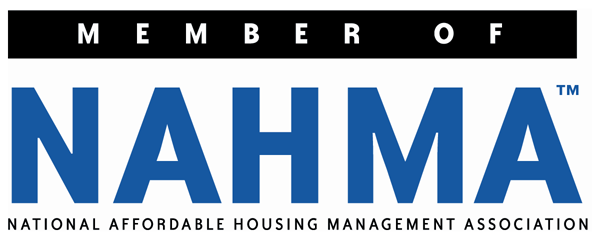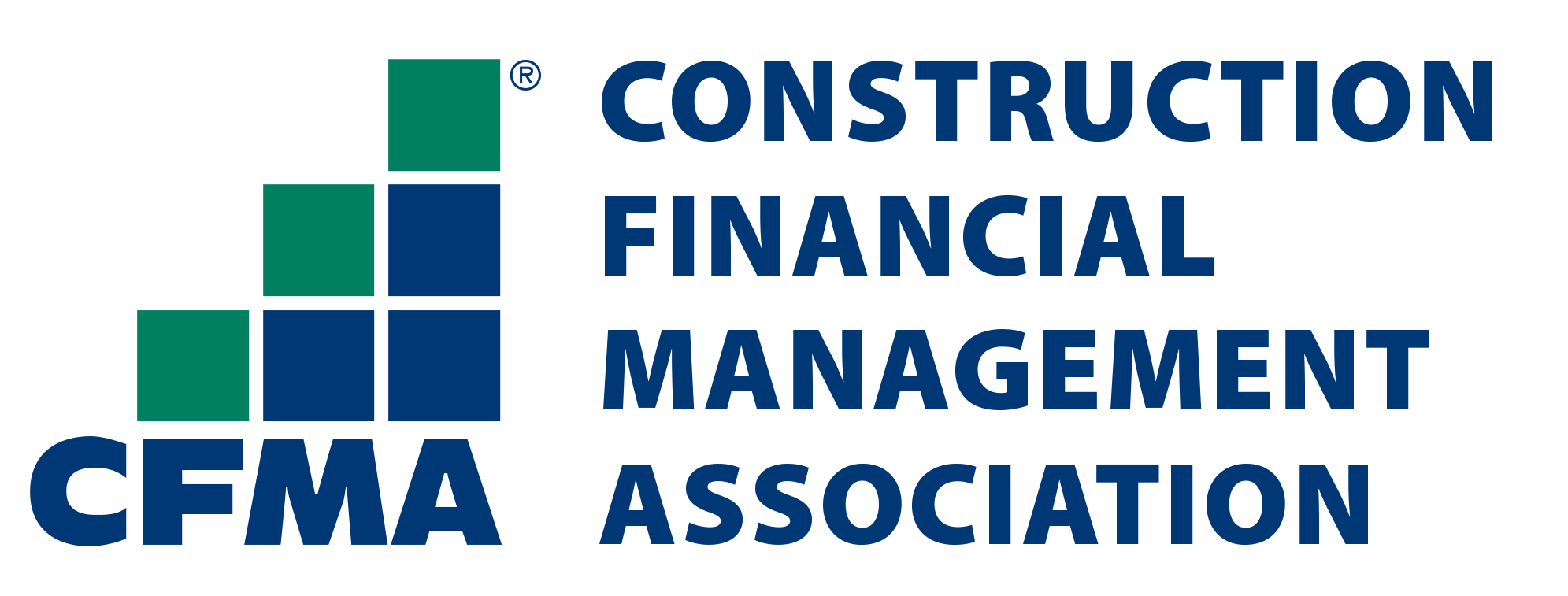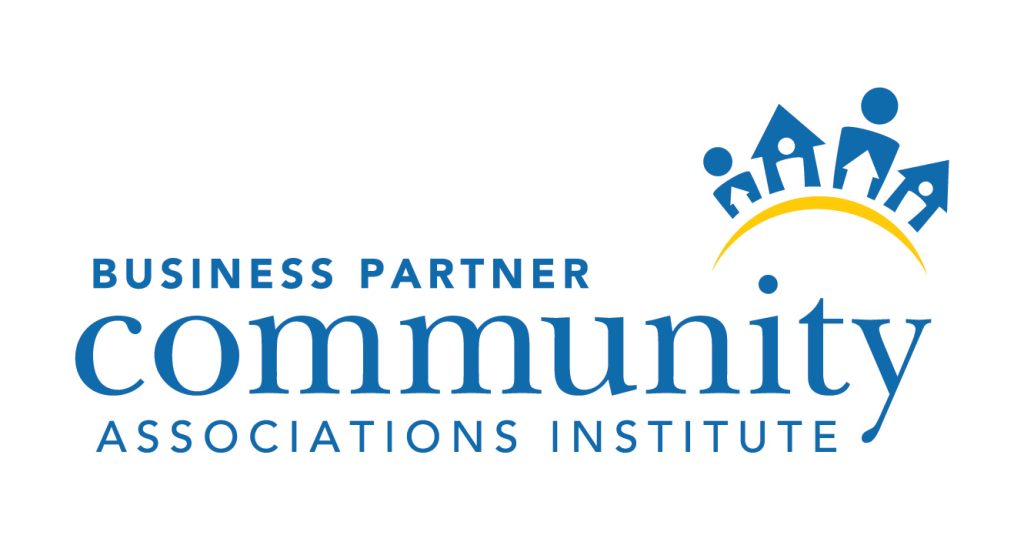
The Role of Replacement Reserve Services in Long-Term Asset Management
- August 9, 2024
- OHI

In the realm of property and asset management, maintaining the value and functionality of assets over time is crucial. One essential component of this process is the effective management of replacement reserves. Replacement reserve services play a significant role in long-term asset management by ensuring that funds are available for necessary repairs, replacements, and upgrades. This blog explores the importance of replacement reserve services, how they contribute to long-term asset management, and best practices for optimizing their effectiveness.
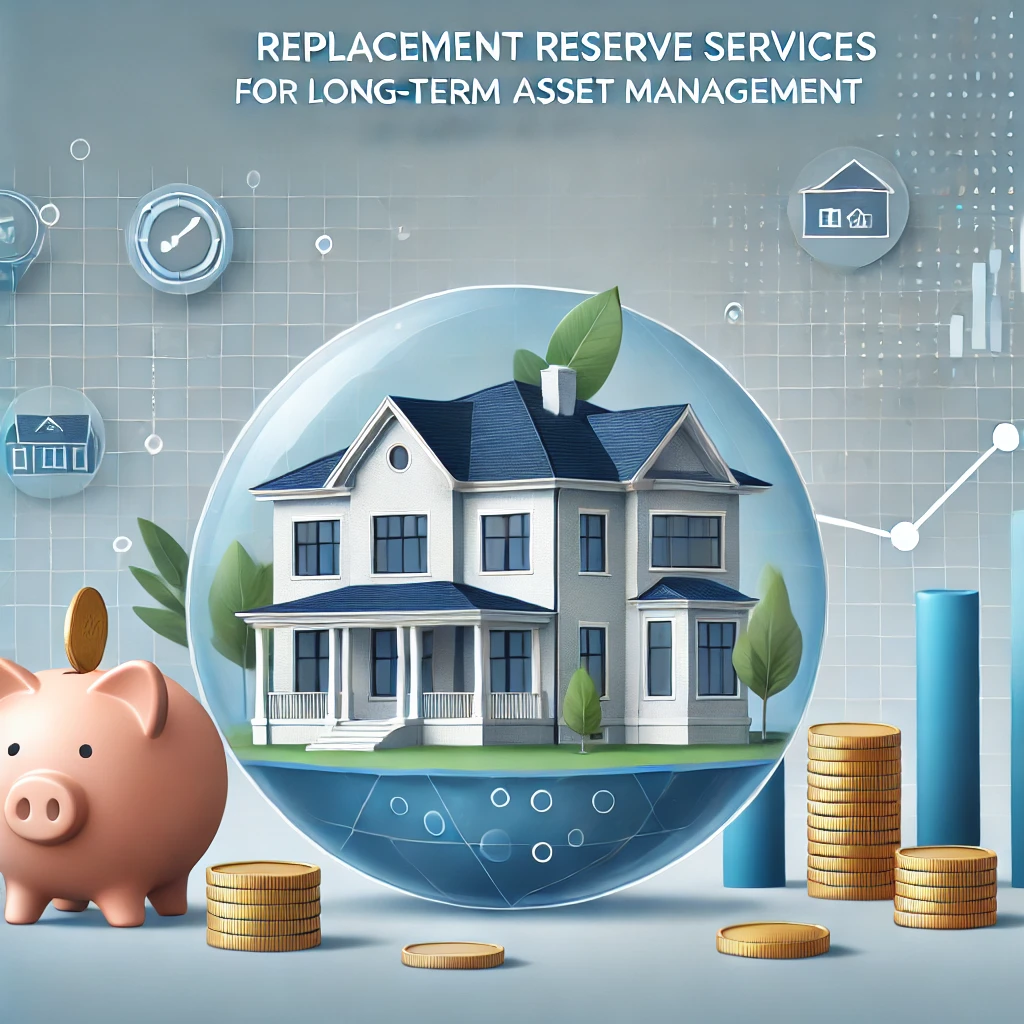
Replacement reserves are funds set aside by property managers or owners to cover the costs of replacing or repairing major components of a property or asset that have a finite useful life. These reserves are crucial for managing the long-term financial needs of a property, including everything from roof replacements to HVAC system upgrades. The goal is to ensure that there is a financial buffer to address future maintenance needs without disrupting the property’s cash flow or requiring unexpected large expenditures.
Replacement reserves provide a financial safety net that helps ensure stability and predictability in asset management. By setting aside funds on a regular basis, property managers and owners can avoid the financial strain of unexpected repair or replacement costs. This proactive approach prevents the need for sudden, large expenditures that could negatively impact cash flow or require borrowing.
Regular maintenance and timely replacement of worn-out components are essential for preserving the value of a property. Replacement reserves enable property managers to address issues before they escalate into more significant problems that could reduce the property’s market value. Properly managed reserves ensure that the property remains in good condition, maintaining its appeal and value over time.
Replacement reserves contribute to the longevity of property assets by funding necessary repairs and replacements. Regular investment in asset maintenance and upgrades helps extend the useful life of components such as roofs, elevators, and HVAC systems. This long-term approach minimizes the risk of premature asset failure and ensures that the property remains functional and safe for its occupants.
Effective replacement reserve management supports better budgeting and financial planning. By forecasting future replacement needs and setting aside appropriate property or funds managers can create more accurate budgets and financial projections. This foresight helps in planning for major expenditures, reducing the risk of financial surprises, and ensuring that resources are allocated efficiently.
Some regulatory bodies and financing institutions require properties to maintain replacement reserves as part of their compliance and financing conditions. Properly funded reserves demonstrate financial responsibility and adherence to best practices in asset management. This compliance can be critical for securing loans, maintaining insurance coverage, and meeting other contractual obligations.

Replacement reserve services begin with a thorough assessment of the property’s assets and their condition. This involves evaluating the useful life of various components, estimating replacement costs, and determining the appropriate reserve amount. Effective planning ensures that reserve funds are allocated appropriately based on the specific needs and lifecycle of the property’s assets.
Based on the assessment, replacement reserve services help determine how much should be set aside in reserve funds on a regular basis. This involves calculating the annual contribution required to accumulate sufficient reserves over time. Proper allocation helps ensure that the reserve fund grows to meet future replacement needs without causing financial strain.
Replacement reserve services include ongoing monitoring of reserve fund performance and adjustments as needed. Regular reviews of the reserve fund balance, changes in asset condition, and updates to replacement cost estimates help ensure that reserves remain adequate. Adjustments may be required based on changes in property conditions, inflation, or unexpected repair needs.
Transparent reporting is a key component of replacement reserve services. Providing regular reports on reserve fund status, expenditures, and future projections helps property managers and owners stay informed about the financial health of the property. Transparent reporting fosters trust among stakeholders and supports effective decision-making.
Replacement reserve services often include strategic investment of reserve funds to maximize returns. Properly investing reserve funds can enhance the growth of the reserve balance, providing additional resources for future replacement needs. Investment strategies are tailored to align with the property’s financial goals and risk tolerance.
Regular assessments of property assets are essential for accurate reserve planning. Conduct comprehensive evaluations of asset conditions, remaining useful life, and replacement costs. Update assessments periodically to reflect changes in property conditions and market trends.
Develop a funding schedule that outlines the regular contributions required to build and maintain replacement reserves. Ensure that contributions are made consistently and aligned with the property’s financial capabilities. Adjust contributions as needed based on changes in reserve requirements or financial conditions.
Use accounting and management systems to track reserve fund balances, expenditures, and contributions. Effective tracking ensures that reserves are managed efficiently and that financial records are accurate. Automated systems can help streamline tracking and reporting processes.
Account for inflation and market changes in reserve planning. Adjust reserve fund contributions to reflect increases in replacement costs and changes in asset values. Periodic reviews and adjustments help ensure that reserve funds remain adequate in changing economic conditions.
Collaborate with replacement reserve experts, such as property management consultants or financial advisors, to optimize reserve management. These experts can provide valuable insights, conduct assessments, and offer recommendations for effective reserve planning and investment.
Maintain open communication with stakeholders, including property owners, investors, and tenants, regarding reserve fund status and management. Transparent communication helps build trust and ensures that stakeholders are informed about financial planning and reserve fund utilization.
Regularly review and adjust reserve management policies to ensure alignment with best practices and evolving property needs. Update policies based on changes in property conditions, financial performance, and regulatory requirements.

Replacement reserve services play a critical role in long-term asset management by ensuring that funds are available for necessary repairs, replacements, and upgrades. By providing a financial safety net, preserving property value, enhancing asset longevity, and supporting budgeting and financial planning, replacement reserves contribute to the overall success of property management. Implementing best practices, such as regular assessments, effective tracking, and strategic investment, helps optimize reserve management and ensures that properties remain well-maintained and financially stable. Understanding and utilizing replacement reserve services is essential for managing the long-term financial health of properties and achieving sustainable asset management.
Contact us for a customized NO OBLIGATION proposal for outsourcing your accounting activities.
